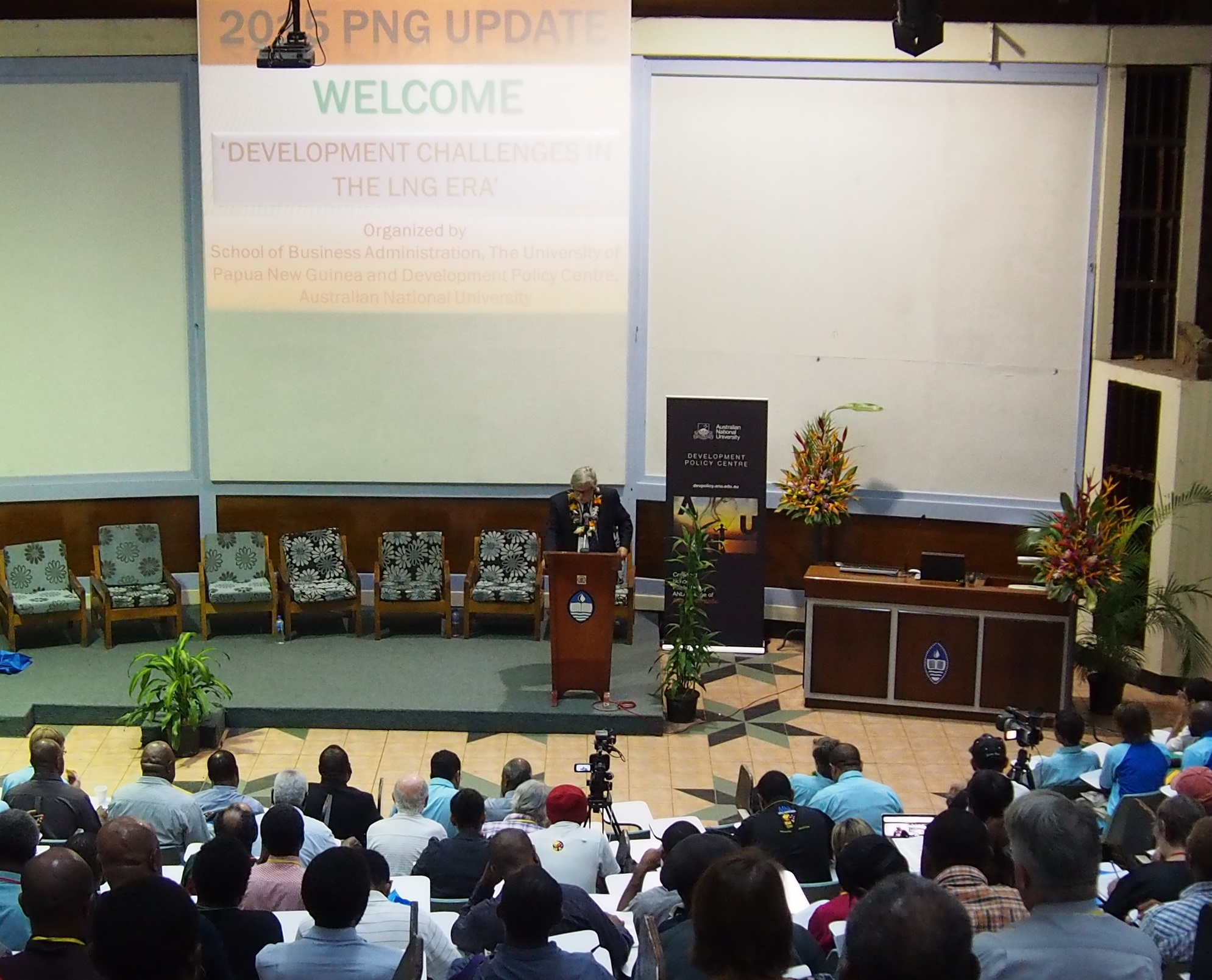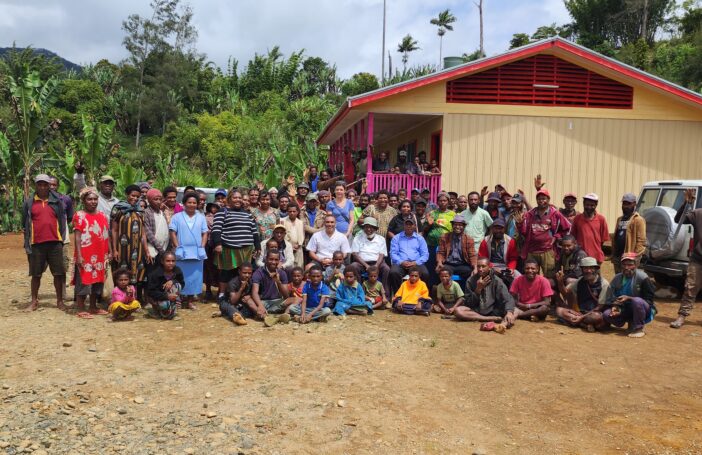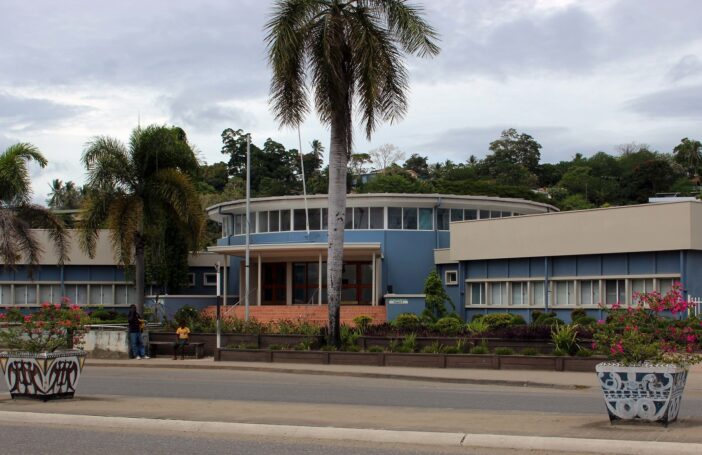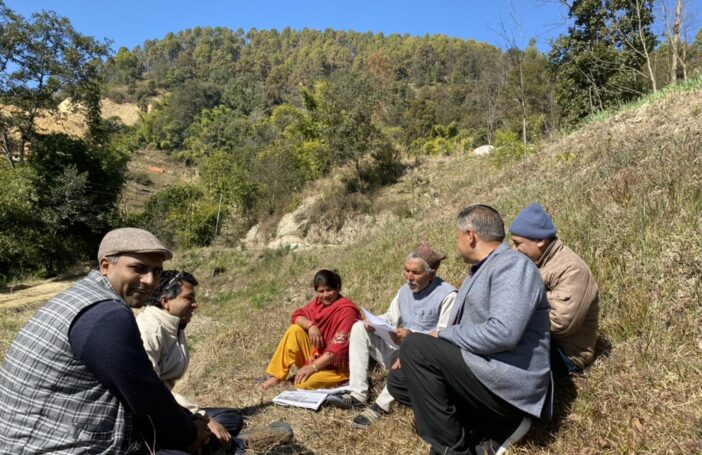In my previous post, I argued that efforts by the donor community at capacity building had not in general succeeded, but that the endeavour was too important to give up on. In today’s post, I provide a number of suggestions on how the recipient government, the donor community, or both acting in concert, can increase the probability of success in this area.
First, there is no question in my mind that serious institution building requires more time to evolve than is possible in the traditional five-year project. I would argue that ten years be set as a new standard for this area; this would ensure that the government involved has access to reliable long-term support.
Second, I would suggest that the government be required to have a clear, time-bound strategy for any agency being proposed for the new approach to serious institution building. It needs to own the strategy and ensure that its obligations are fully delivered. In parallel, governments need to work harder to identify and support better leadership for the institutions selected for reform.
Third, the approach should preclude the typical pattern of donor fragmentation. While multiple donors might be involved, there should be only one institution building program, which all donors involved would commit to. There should be a clear commitment that no funds would be provided outside the agreed program.
Moreover, any urgent technical assistance requirements should be fully incorporated into the program. In addition, my preference would be that one donor should be assigned the coordination function. If donors aren’t able to better discipline themselves, it is difficult to suggest real changes in government behaviour.
Fourth, this strategy would need to be fully funded upfront by appropriate combinations of long-term government and donor funding.
Fifth, one clear source of funding is the scholarship funds available from various donors. My view is that these too should be consolidated into one program for the entity involved. Having one donor coordinate this would also make sense. I also feel that the traditional focus on technical scholarships could be made more flexible to ensure that potential institutional leaders, as well as technical staff, can receive scholarship support.
Sixth, I would argue for selectivity at the country level. It makes no sense to try a new approach across too many ministries and parastatals. Reforms should be focused on two or three entities that play an important role in the government’s development efforts. This would also make it easier to mobilise adequate support for reform.
Seventh, in the institutions engaged in reform, all self-standing project units should be eliminated. If one is committed to the program’s goal of better performance, using this long-standing substitute for effective local capacity needs to be precluded.
Eighth, poaching of key staff by donors during implementation of the institutional reform program should be strictly forbidden. While I appreciate, and have supported, the greater use of local professionals by the World Bank and other donors, the continuity of key professional staff is central to progress and must be protected.
Ninth, I think one can make a case for the greater use of creative twinning with effective institutions from outside the recipient. The combination of a longer program and more robust resourcing makes long-term twinning a much more sensible alternative. Twinning with successful developing country capacity seems particularly attractive, as they will have more recent experience with the challenges of institutional reform. Implicitly I am suggesting that this twinning should not involve simply a ‘commercial’ relationship. For example, building long-term relations between weak universities/ministries and parastatals, and better functioning universities/ministries and parastatals from other countries, would appear particularly attractive.
Finally, there would need to be an agreed system for regular reviews of progress in reform in the entities involved.
This is my initial suggestion list. As this is the first time I have presented such an agenda, I look forward to comments, criticisms and corrections. Given what I see as a vacuum of new approaches, I really do want to encourage innovation and creativity.
I would add that in developing this list there is one institution building program I have drawn heavily on – the IMF’s work with central banks in developing countries. While I recognise that central banks have some unique advantages over other government institutions, in my view they (with IMF support) have used many of the ideas suggested above to ensure a more robust and successful program of institutional reform in the central banks they provide support to. The IMF engagement is long-term, they have a clear strategy on institutional reform, they often play a central role in coordination of support, and they typically provide experts from other central banks to address capacity gaps. Finally, they have a regular review process of capacity as a key part of their supervision function.
In closing, I have one additional suggestion for analytic work to support institution building more broadly. While the program above would focus on developing specific institutions, there is also a case for regular and serious reviews of the appropriate size of government, including a review of possibilities for privatisation, as well as a regular examination of the overall structure of government and the government salary structure. We know appropriate pay is key to stronger institutional performance, and a serious and regular review of salary options can provide important insights into how to best approach this issue in the general environment of resource constraints.
Jim Adams is a former World Bank Vice President for East Asia and the Pacific. This post is the second in a series based on his keynote address delivered at the 2015 PNG Update at the University of Papua New Guinea on 18 June 2015. The full speech can be found here [pdf], and you can listen to the podcast here. Other posts in this series can be found here.






I have reviewed the blog comments on my presentation on capacity building and have a range of reactions and further comments.
Steve Pollard makes the valid point that I focused largely on supply side changes. I agree fully donors need to do a better job of listening to borrower interests and priorities. He also notes some solid work that ADB has done on capacity building. Richard Tate takes me to task for what he sees as my bias in favor of the private sector. He lists a number of the major failures of the private sector in the Pacific and was clearly of the view that the private sector cannot play the positive role suggested in my talk. I have two reactions to this in terms of bringing about broad development progress in the Pacific. First, I do believe a vibrant and dynamic private sector is central to broad development progress in the Pacific. In my view only the private sector has the capacity to mobilize the resources and generate the employment opportunities that are key to progress there. Second, while I fully recognize there can be private sector failures, I would argue that the strengthening of government institutions and capacity, the central focus of my talk, is precisely how these failures can be best addressed and, over time, avoided. Effective and efficient governments are also key to progress in the Pacific.
Finally, Jo Spratt correctly points out that practice seems to lag behind the knowledge that has been generated and makes the key point that capacity development cannot be limited to a review of TA and training. A useful list of areas for further work is also suggested.
Thanks, Jim, for two interesting posts. I think there is much more to say on capacity building, some of which is reflected in the comments to both posts. One thing that puzzles me is the gap between studies and reflection on capacity building, and practice. It seems to me that thinking about capacity development has moved but practice is sluggish. As Steve and Deborah highlight, there are very useful studies available to inform practitioners and policy-makers, but it seems to me these are not well used.
When I was managing a multi-country capacity building project, the ADB’s work, and the Morgan and Baser studies were very helpful. And Deborah’s contribution about cross-cultural relationships and related skills and knowledge is an important, recent contribution.
One thing is for sure, we have to stop thinking about capacity building as only training and technical assistance. As your post alludes to, it is about long-term relationships. It is about collective capabilities, not merely individual competencies (which is where most training and TA is focused). I think there is more that donors can do to improve: they need to engage with the studies on effective capacity development; they need to define what they mean when they ‘do’ capacity development; their capacity-builders need to be engaged over longer time periods, as you suggest for local government staff; contracts need to have KPIs that are about professional development goals that the people they work with articulated, not outputs, like strategic plans; and people employed to engage in capacity building need to have appropriate knowledge and skills, such as listening, coaching, mentoring, cross-cultural communication, teaching and self-reflection, not merely technical specialist skills.
There are people out there who know a great deal about this and have lots to share. I would love to hear more from them. Maybe some more blogs?
Although initially excited to read this article, I am now very sad to realise that there are no new ideas in this report whatsoever?
It reads mostly like a piece of propaganda in favour of private sector interests.
Basically you argue that countries should embrace the private sector as the answer to their long term economic problems?
How many years have we had the private sector in the world?
What economic state do nations find themselves in today?
Is there a lot of un-repayable debt and poverty in the world?
Has the private sector since the 1950’s helped to eradicate this and bring about long term economic prosperity?
Is GDP a good measure of human wealth?
However you come from a long history with the World Bank – an International organisation with its focus entirely aimed at increasing return for its primary shareholders/investors/partners. (Not the long term good of people and communities).
If you could see what is happening on the ground in Papua New Guinea with the likes of Ramu Nickel, New Britain Palm Oil, Ok Tedi mining and many many more (Private Sector) profit making businesses, then I think you would not be so convinced that these private sector businesses are any good for humanity or the long term economic interests of a low/middle income country’s people.
The neo colonial free market ideologies have not yet taken account of absolute human greed. Humans are simply unable to operate in a totally unregulated free market (private sector) manner without all the wealth ending up at the top!
If we look at the 2015 globalised world economies of China, America, UK, Europe then I would say that the free market private sector ideology has failed terribly to bring about a sustainable and equitable future for any of them or the upcoming developing countries.
The state needs to apply some controls on the ‘free market’ otherwise human greed and lust for power and money will always end up collapsing the envisaged tower of babel.
Whether absolute free marketeers will accept any additional control or regulation on their big private sector money making plans is another debate………………..
Jim,
I couldn’t agree more with your concern. For the Pacific check out the results of ADB’s 2006 to 2008 capacity development study, most especially the summary publication entitled: “Pacific Choice: Learning from Success.”
Steve Pollard
Hi Jim,
One more comment. Beyond your ten suggestions, which are largely issues of donor supply, I believe we most especially also have to look at the countries’ demand for capacity development.
For me, the main conclusion of ADB’s study of capacity development in the Pacific was that it is largely a compromise, a compromise between what donors can and wish to supply in the form of professional, technical assistance and what the island countries are able to receive. This is a compromise between the donor technical supply and the Pacific countries’ social, cultural and political situations. The island context is most constraining. This prevails and the islands need designs for interventions that not only understand the sector, professional aspects but also country context. In the end it is the Pacific’s choice.
Steve